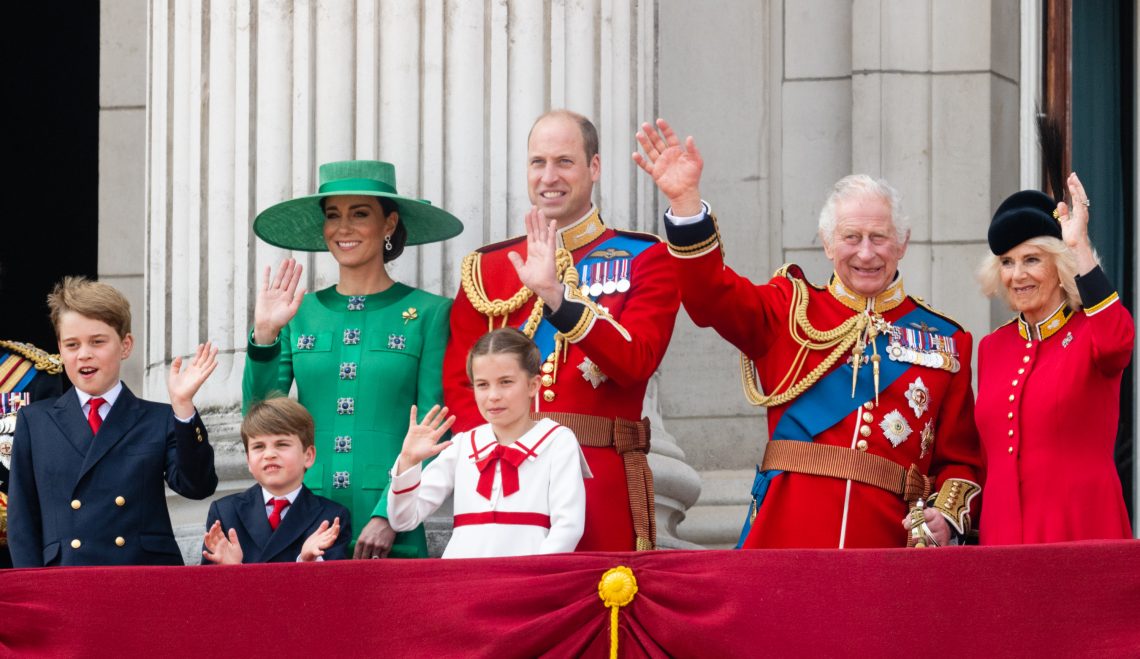The British Royal Family‘s net worth is a subject of great public interest and speculation, woven with the threads of history, tradition, and modern financial mechanisms. This guide delves into the various components that make up the royal wealth, offering insights into one of the world’s most famous monarchies.
The Foundations of Royal Wealth
Table of Contents
Royal wealth is not a straightforward affair; it’s a blend of personal assets, inherited estates, and publicly-held treasures that are managed by the family on behalf of the nation.
Crown Estate and Royal Assets
The Crown Estate is a collection of lands and holdings in the UK belonging to the British monarch ‘in right of the Crown’. It includes some of the most iconic properties and lands in the country.
Personal and Inherited Wealth
In addition to shared royal assets, members of the Royal Family, including King Charles, possess personal wealth. This includes private estates, art, and investments, much of which has been passed down through generations.
The Key Assets
As Charles assumes the throne, several significant assets are of particular interest in the context of the Royal Family’s net worth.
Duchy of Cornwall
Before becoming King, Charles was the Duke of Cornwall, which provided him with income from the Duchy of Cornwall, a vast estate that funds the public, charitable, and private activities of the heir to the throne.
Duchy of Lancaster
The Duchy of Lancaster is a private estate that has been owned by the reigning monarch since the 14th century. It provides a significant income for the Queen, used for both official and private expenses.
The Crown Estate
While not personal wealth, the Crown Estate’s holdings are significant and include prime real estate in London, agricultural land, and the seabed around the UK. The Estate’s profits benefit the public finances, with a portion returned to the Royal Family as the Sovereign Grant.
Personal Property and Investments
King Charles has inherited personal properties, including the Balmoral and Sandringham Estates, which are privately owned by the Royal Family. Additionally, personal investments and art collections contribute to his net worth.
Financial Mechanisms Supporting the Royals
The financial support for the Royal Family comes from a few key sources, ensuring the maintenance of their duties and lifestyle.
Sovereign Grant
The Sovereign Grant is an annual payment to support the official duties of the Queen and the Royal Family. It covers expenses like travel, security, and staff.
Private Incomes
Aside from the Sovereign Grant, King Charles, like other royals, has private income sources, including the Duchy of Lancaster, which now provides for the monarch, and personal investments.
Public and Private Roles
A significant aspect of the Royal Family’s wealth is their role as custodians of national heritage. Many royal residences and assets are held in trust for the nation and form part of Britain’s historical and cultural landscape.
The Royal Family’s Contribution to the UK
The Royal Family’s wealth and estates are deeply intertwined with the UK’s economy and heritage. Royal residences and landmarks are key to the tourism sector, and the Crown Estate’s contributions to the treasury benefit public finances.
A Detailed Look at the Royal Net Worth
To grasp the scale of the Royal Family’s wealth, let’s break down its components:
| Asset | Description | Estimated Value |
|---|---|---|
| Crown Estate | A collection of lands and properties across the UK. | £14.3 billion |
| Duchy of Lancaster | A private estate providing income for the Queen. | £549 million |
| Duchy of Cornwall | A private estate providing income for the Prince of Wales. | £1 billion |
| Personal Wealth (Queen Elizabeth II) | Includes personal properties, investments, and assets. | £350 million |
| Art and Jewelry | Historical collections, often considered priceless. | Estimated in billions |
This table offers just a snapshot. The total value is much higher when considering all assets and estates.
Frequently Asked Questions
How does the Royal Family make money?
The Royal Family’s income comes from several sources. The Sovereign Grant, funded by the Treasury, supports official duties and palace maintenance. The Duchies of Lancaster and Cornwall provide private incomes for the Queen and the Prince of Wales. Additionally, personal investments and properties contribute to their wealth.
What is the Sovereign Grant?
The Sovereign Grant is a percentage of the profits from the Crown Estate returned to the Royal Family to cover official duties and palace upkeep. It’s a modern financial mechanism that ensures transparency and accountability in royal spending.
Are the Crown Jewels included in the net worth?
The Crown Jewels are a collection of ceremonial objects with historical and symbolic significance. They are not owned personally by the Queen but are part of the Crown Estate, and their value is considered priceless and symbolic rather than financial.
How does royal wealth impact the UK economy?
The Royal Family’s wealth and estates play a significant role in the UK economy. Tourism related to the monarchy generates substantial revenue annually. Moreover, the Crown Estate’s profits are a source of income for the Treasury, indirectly benefiting the public.
Conclusion
The British Royal Family’s net worth is a multifaceted subject, intertwining personal wealth with assets held for the nation. From the sprawling estates of the Crown Estate to the historic Duchies and personal properties, the Royals’ financial landscape is as complex as it is fascinating. Understanding this wealth is not just about numbers; it’s about appreciating the role of the monarchy in the context of British history and culture.

